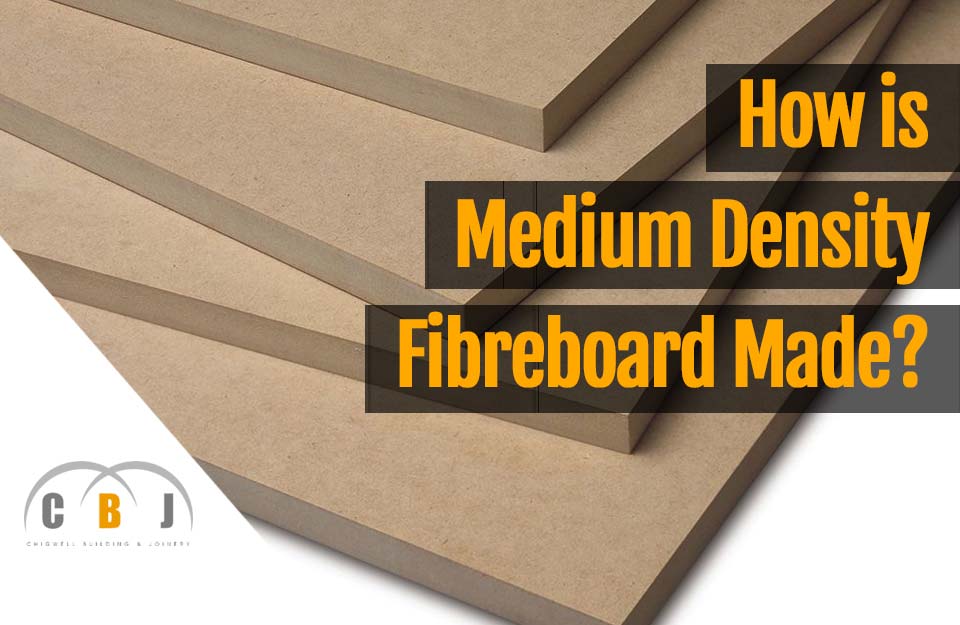MDF Composition
Medium density fibreboard is one of a number of engineered woods, a composite product comprised of material glued together.
Popular composite products include plywood, block-board, particleboard, hardboard, laminated veneered timbers and MDF.
In most cases, these products are based on what are considered to be waste residues (excluding plywood), with only a small amount of material lost during manufacturing, making it an effective product at minimising unnecessary waste.
Lignocellulosic fibers are the core ingredient in MDF sheets which are bonded by synthetic resins under heat and intense pressure with additives added during the process to improve adhesion, strength and durability.
During manufacturing, the material is compressed to a density of 0.50 - 0.80 specific gravity (495-800 kg/m3), to produce a material that is smooth and flat.
Typically sawdust, chipping and shavings from timber products make up the bulk of medium density fibreboard.
However, with recent concerns over environmental and ecological issues coming to the fore, it is not uncommon to find recycled waste paper, cardboard, corn silk and even some plastics and metals being used to make the material.
MDF is said to have been first invented in the United States of America, with production taking place during the 1960's.
Typical Applications
As medium density fibreboard can be cut into all sorts of intricate shapes and sizes, it has become a very popular product in items such as furniture, doors, panelling, packaging, toys, games, cabinetry and flooring.
Seeing the product is incredibly smooth, flat and free from imperfections such as knots or grains most commonly found in laminated timbers i.e plywoods, finishes are always clean and consistent.
With a very uniform consistency throughout, cuts and edges can be intricate and precise when using machining tools so achieving intricate three-dimensional shapes is rarely a problem.
This is why MDF is often found in furniture pieces with veneered surfaces, as the material is very adaptable and strong, being able to hold precise tolerances and accurate cuts - something many other materials cannot ever get close to.
Cut wastage is also significantly reduced compared to other substrates.



